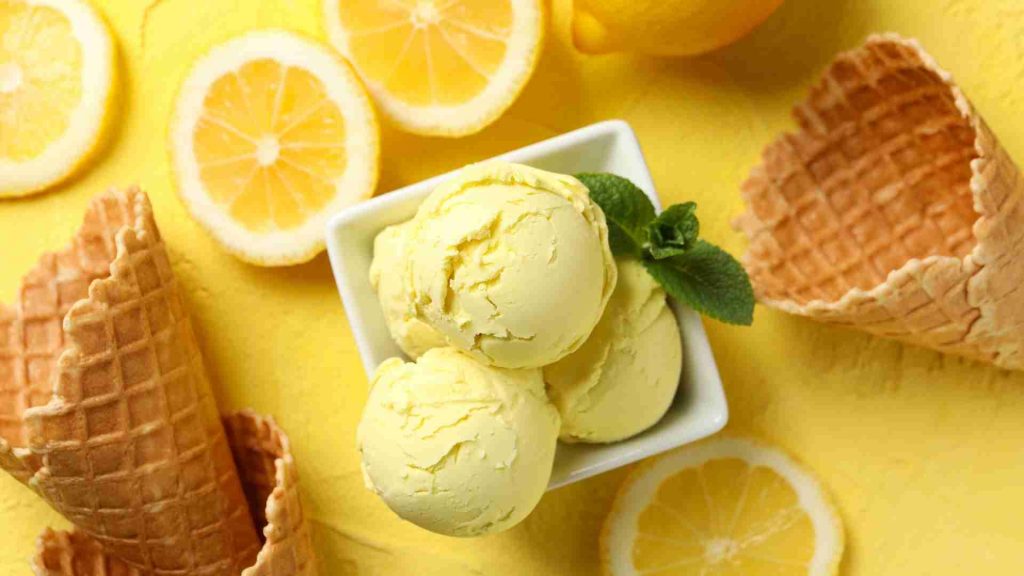Ice cream is one of the most popular treats worldwide. 2014 data showed it was purchased by Americans an average of 5.6 times per month. It represents a significant part of the ice cream and frozen dessert manufacturing industry in the United States, including the production, distribution, and retail sales of ice cream and frozen desserts. However, ice cream manufacturing in the U.S. varies in styles, flavors, and production volumes from other countries.
Ice cream sales are increasing in Western Europe, as it is now considered a healthier snack than starchy crackers and crisps. This trend is highlighted in Euromonitor International’s latest report on the European ice cream and frozen desserts sector, which found that per capita consumption of ice cream has risen by over 15% since 2008 in the five most significant ice cream-consuming countries.
Despite the rising popularity, the industry faces several challenges that create an adverse impact on end-product quality. So, what are these challenges that we can overcome to improve ice cream manufacturing?
Challenges
The ice cream and frozen dessert manufacturing industry faces some challenges, but there are many growth opportunities. Here are the top three challenges we’re facing:
High costs of ingredients
Whether you’re making gelato, sorbet, custard, or traditional ice cream, the basic building blocks of your product aren’t cheap. Milk and cream, fruit purees and juices, sugar—all these ingredients can get expensive quickly. And if you’re not sourcing them from local suppliers—which helps keep your costs down—you have to contend with fluctuating prices on the world market.
Rising competition
The ice cream industry is one of the few people think is recession-proof. Despite fluctuations in the economy and changes in consumer spending habits, people always want to treat themselves to something sweet after a long day at work or on a hot summer day.
But it’s also one of the most competitive industries around: new flavors and trendy dessert innovations mean that consumers have more choices than ever. That means you’ve got to step up your game!
Staying fresh with innovation
Even though ice cream is an age-old treat, consumers still expect new flavors and exciting innovations to keep their brand visible.
Change in Audience demographics
One of the most significant changes facing the industry is a change in audience demographics. Ice cream’s traditional audience is children and teenagers looking for a tasty treat after school or on the weekends. But as these populations grow older, they change their tastes and health concerns. “The U.S. ice cream market has been relatively resilient in shifting consumer tastes and the recession, but the industry has encountered some serious challenges lately.”
Automation
Another challenge is keeping up with advancements in technology. Companies that can’t afford to update their equipment miss opportunities for efficiency and automation. Some of these challenges include a drought that affected the supply of milk and cream (key ingredients) and increased food prices due to extreme weather events around the world. The industry also experiences cyclicality—during warmer months, more consumers buy ice cream than during colder months.
Future Trends
The global consumption of ice cream and frozen desserts has been steadily increasing over the last few years, with frozen desserts especially being a growing market. As of 2018, the global ice cream and frozen dessert manufacturing industry has an estimated value of $270 billion.
With this growth in sales comes new trends and emerging markets that have developed in the industry. Here are three future trends we can expect to see in the ice cream and frozen dessert manufacturing industry:
- The development of alternative ingredients like oat milk and cashew milk to replace dairy-based ingredients
- The emergence of super-premium ice creams with high-quality ingredients (including alcohol) and artisanal flavours
- The use of natural sweeteners rather than artificial ones
Conclusion
In the dynamic landscape of the frozen food industry, ERP systems play a pivotal role in streamlining operations and enhancing efficiency. Tailored ERP solutions for this sector seamlessly integrate production, inventory management, and distribution channels. By providing real-time insights into demand forecasting and production scheduling, these systems enable companies to optimize resource utilization and minimize wastage.

Sangeetha brings 20 years of experience in Information Technology which includes Solution architecting, building micro services, research, and evaluation of business applications, integrating apps.

